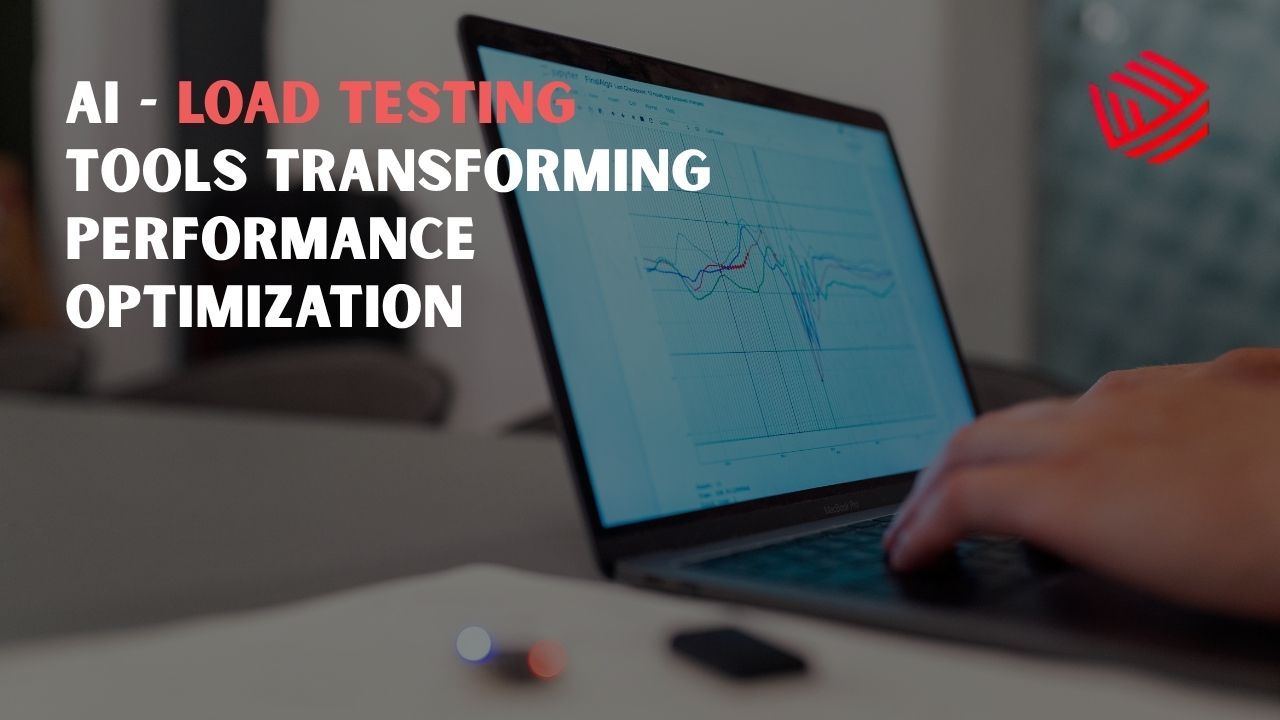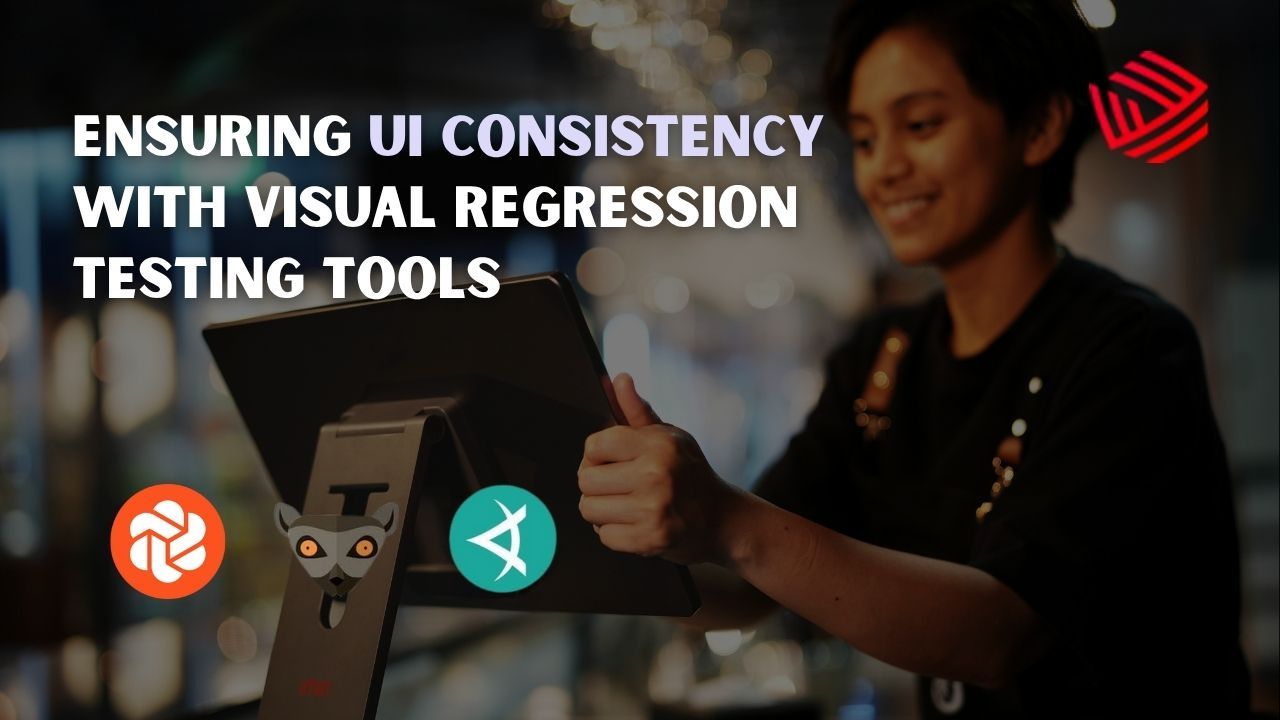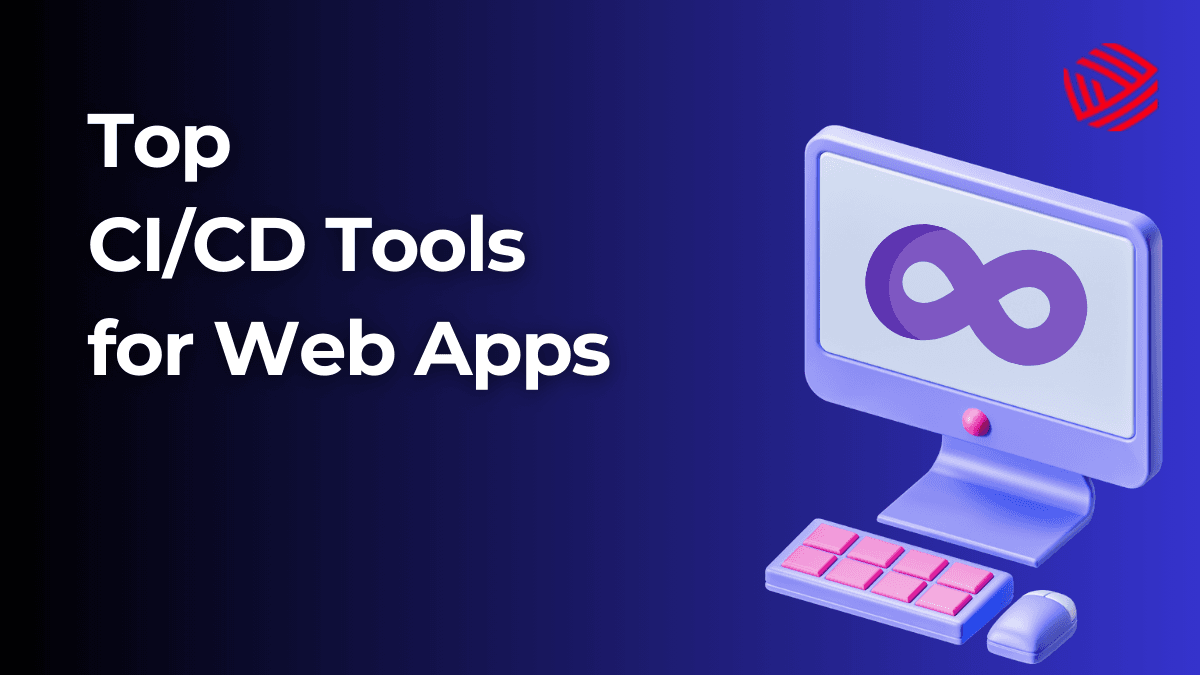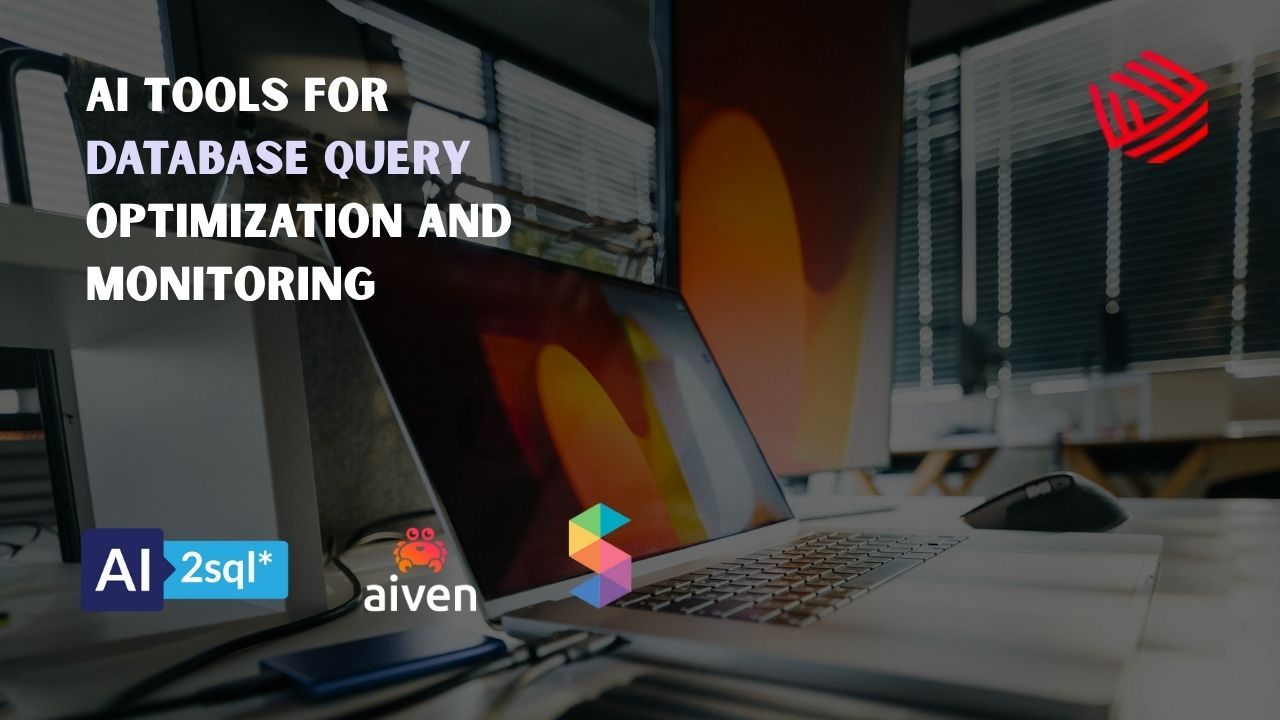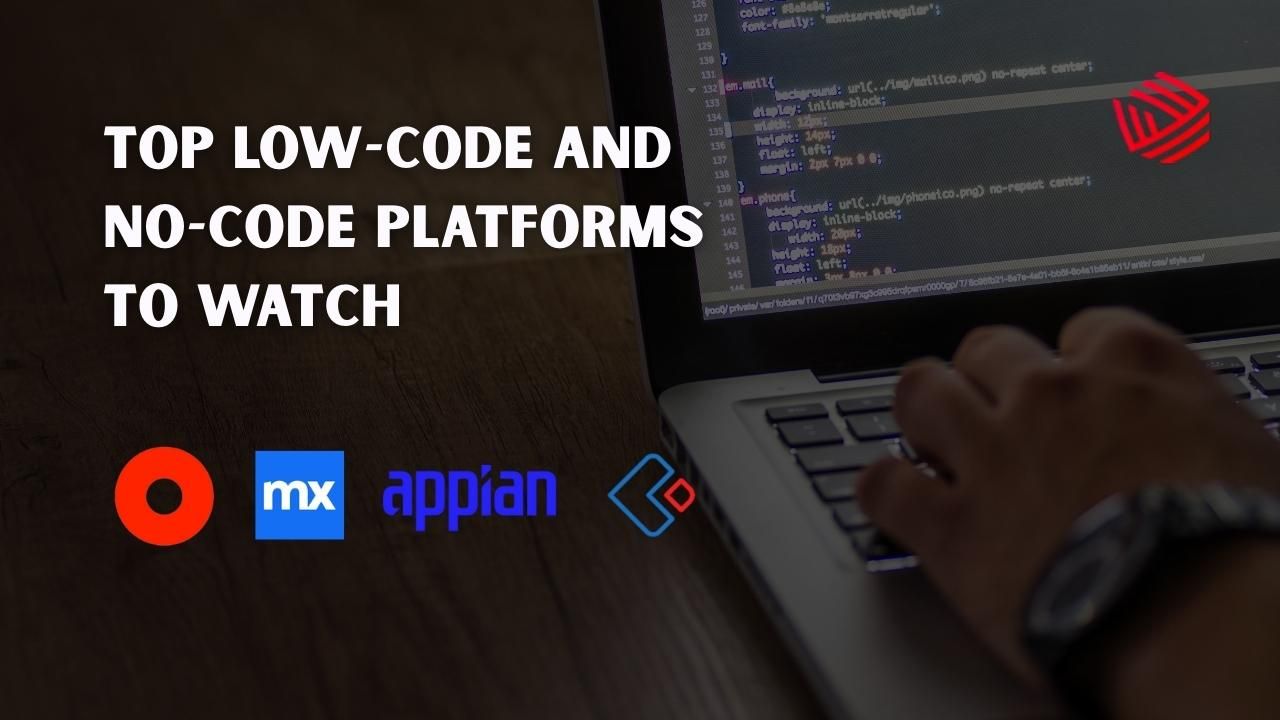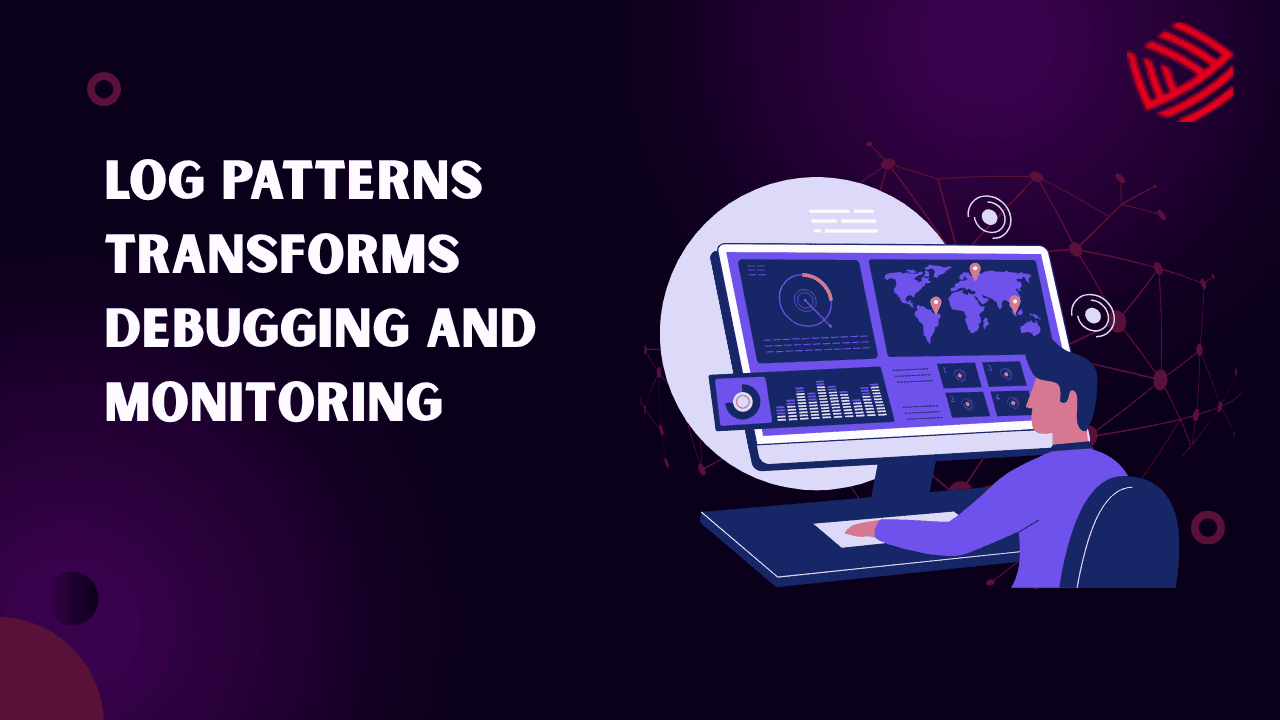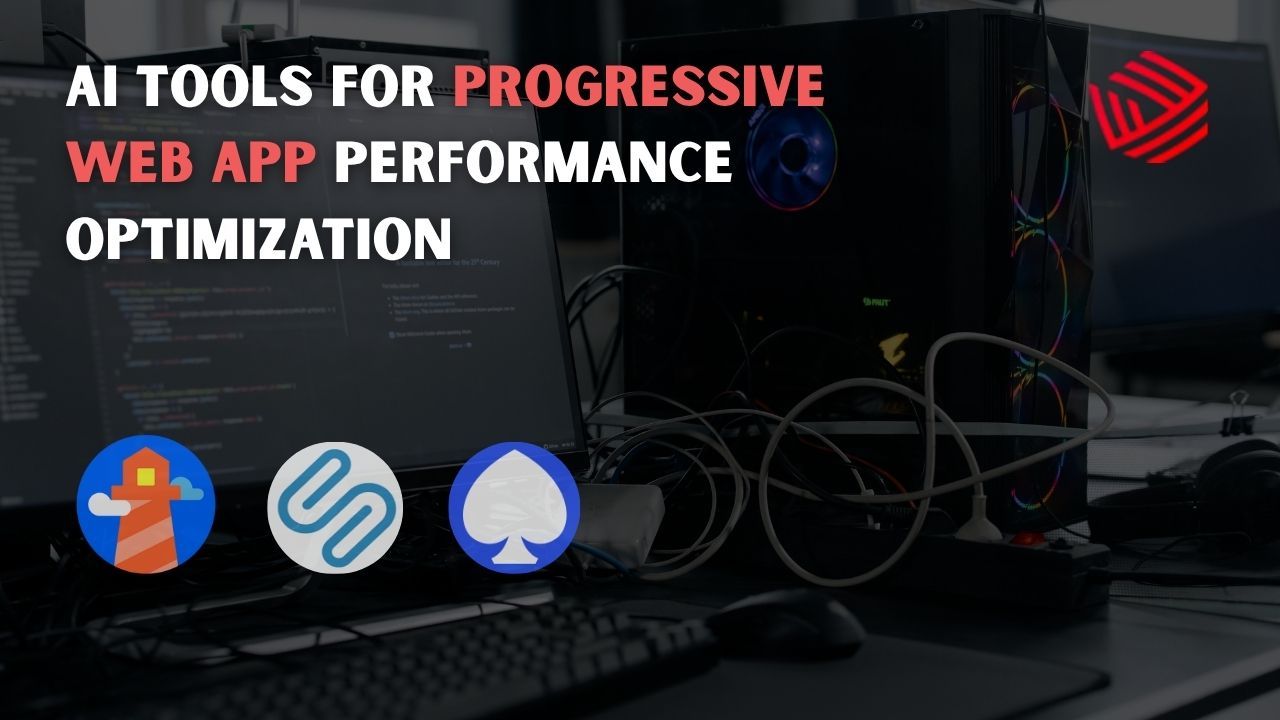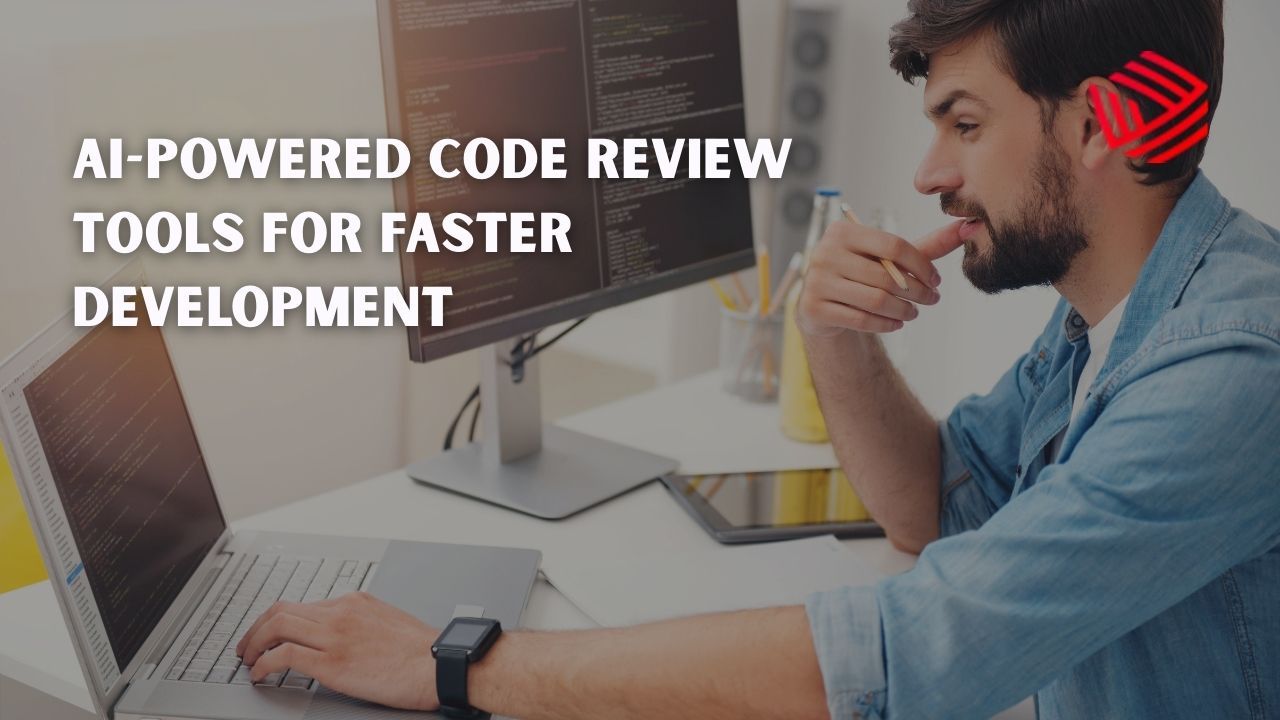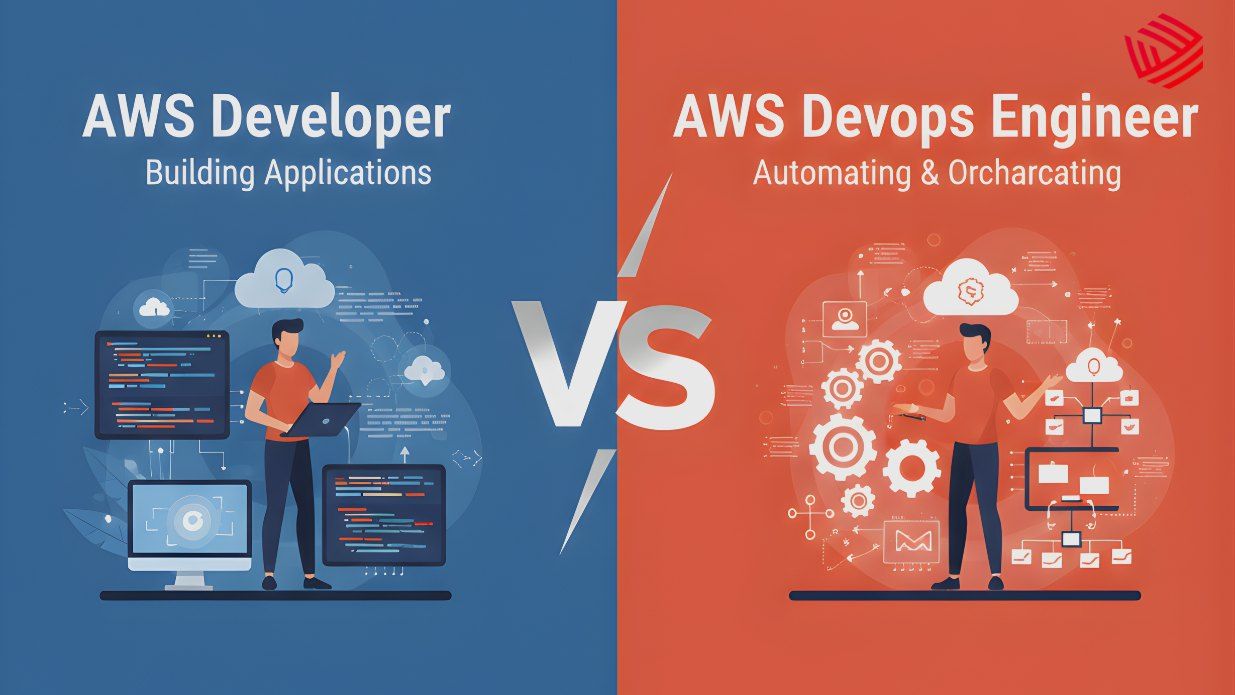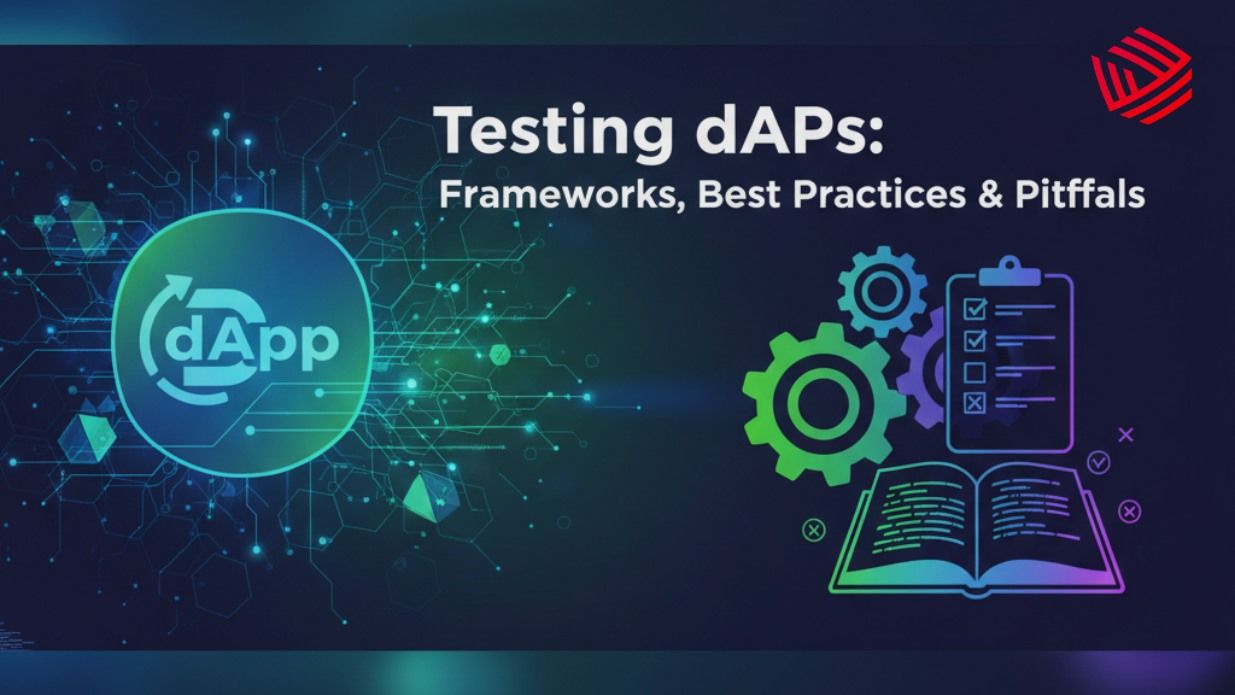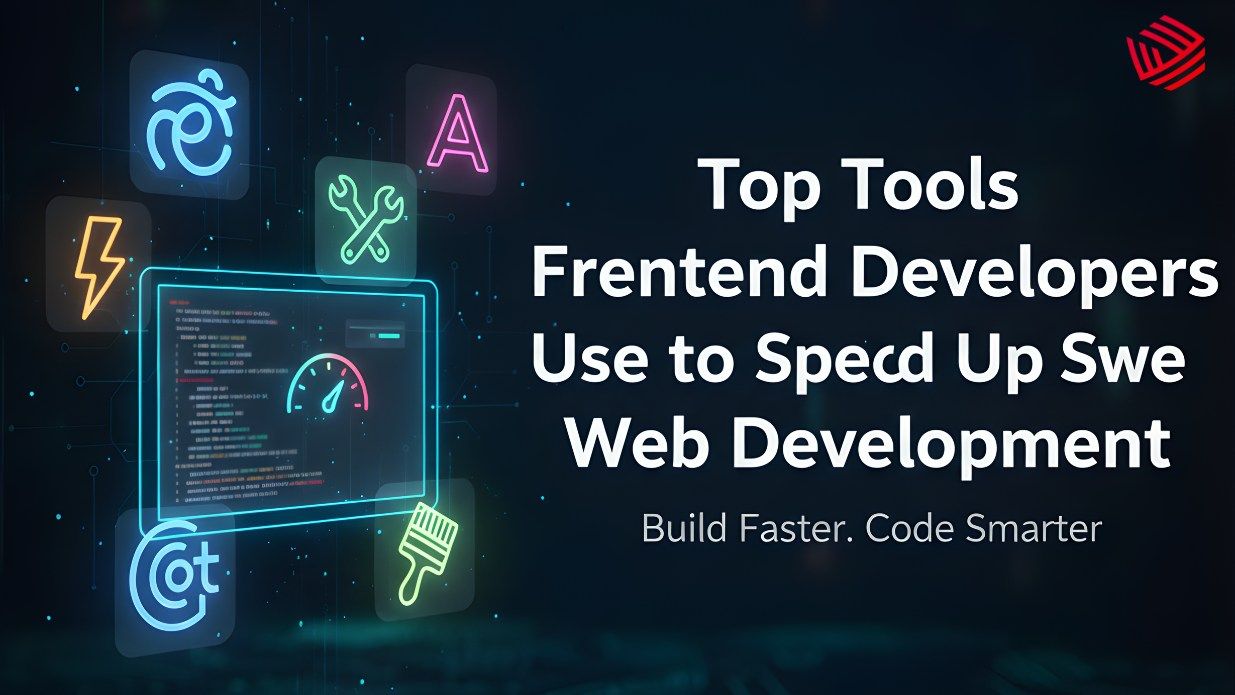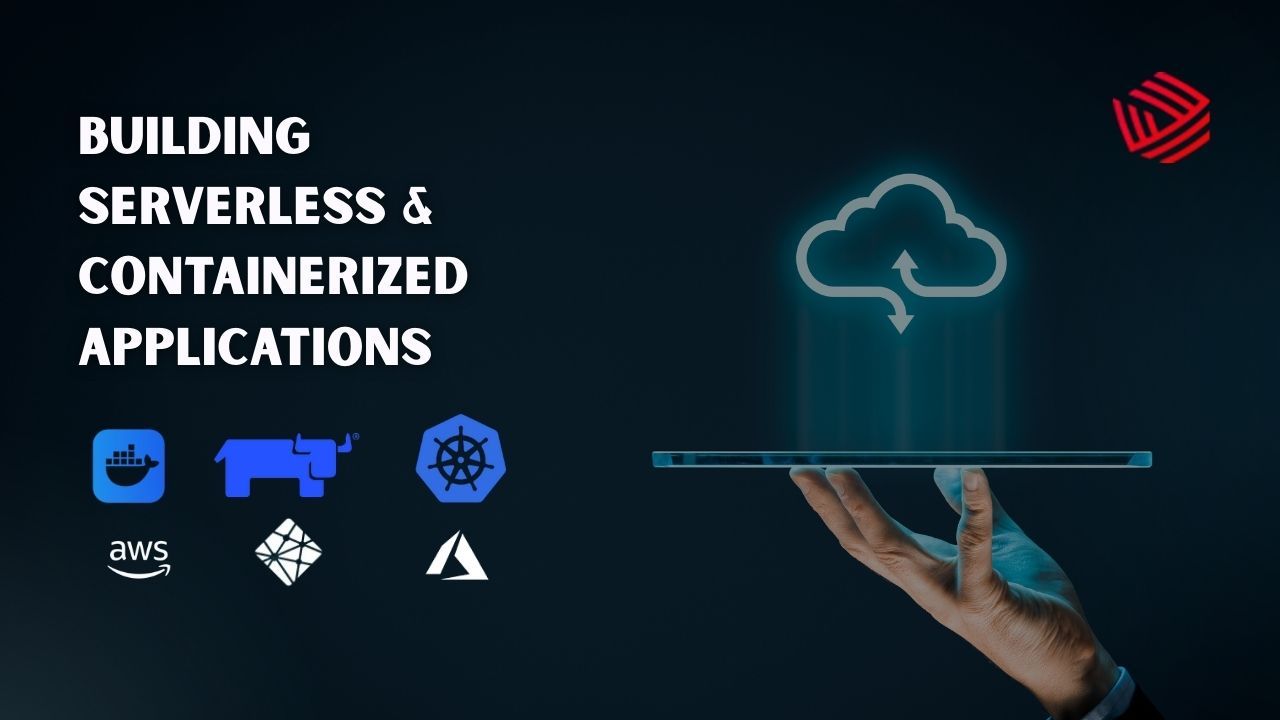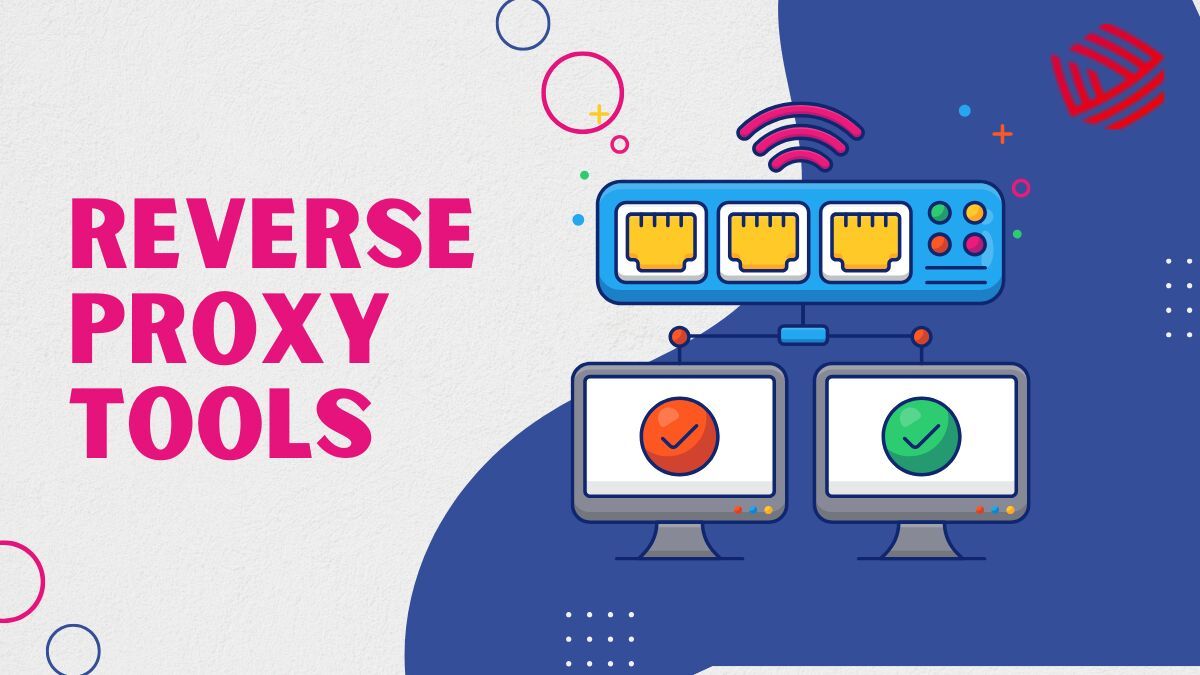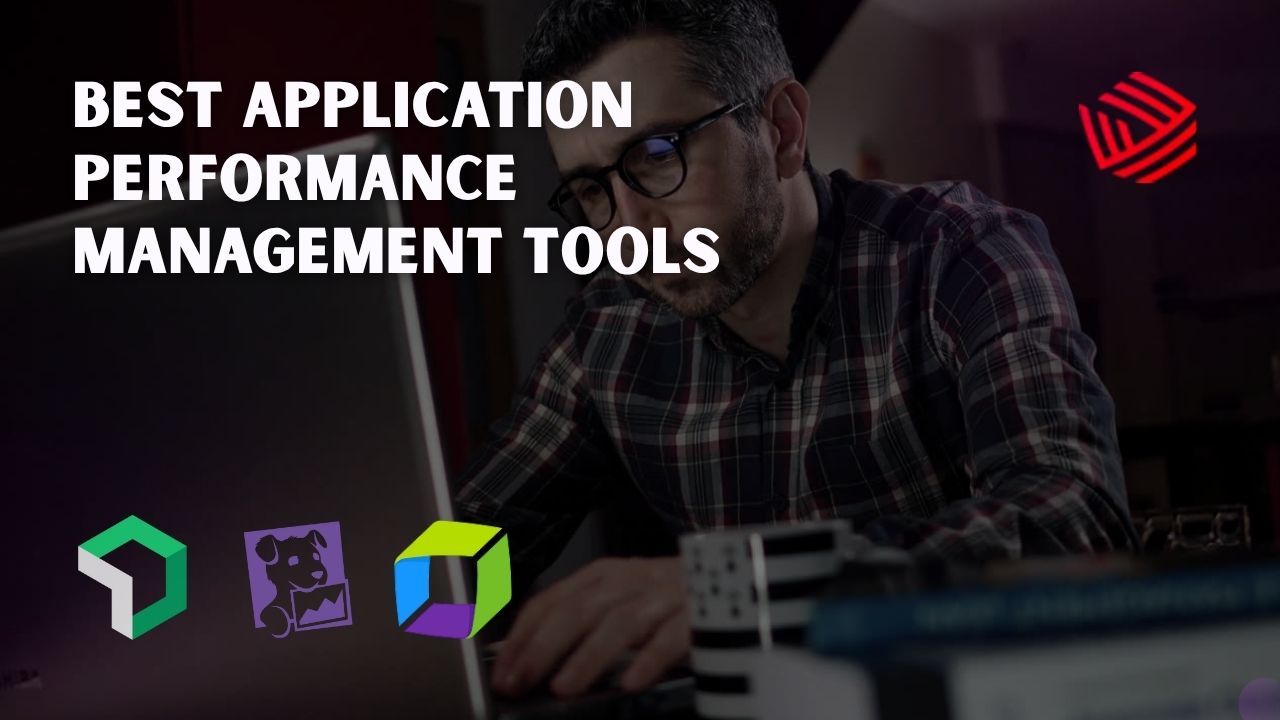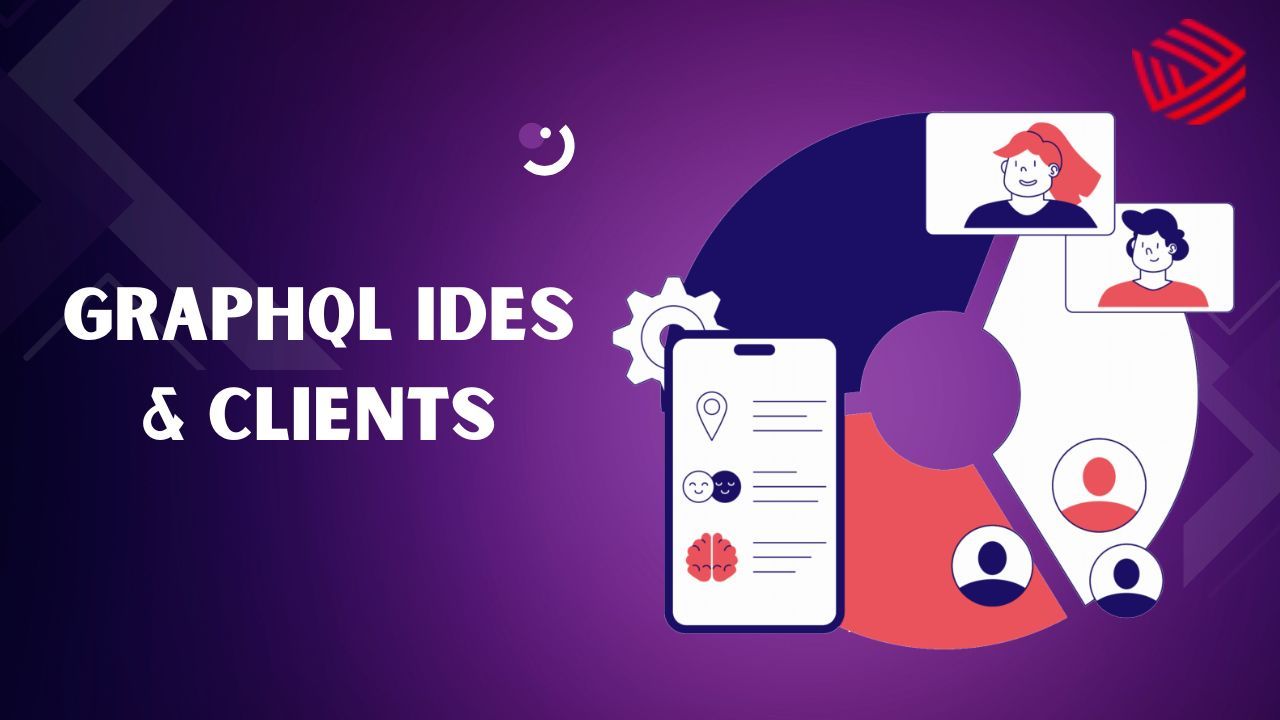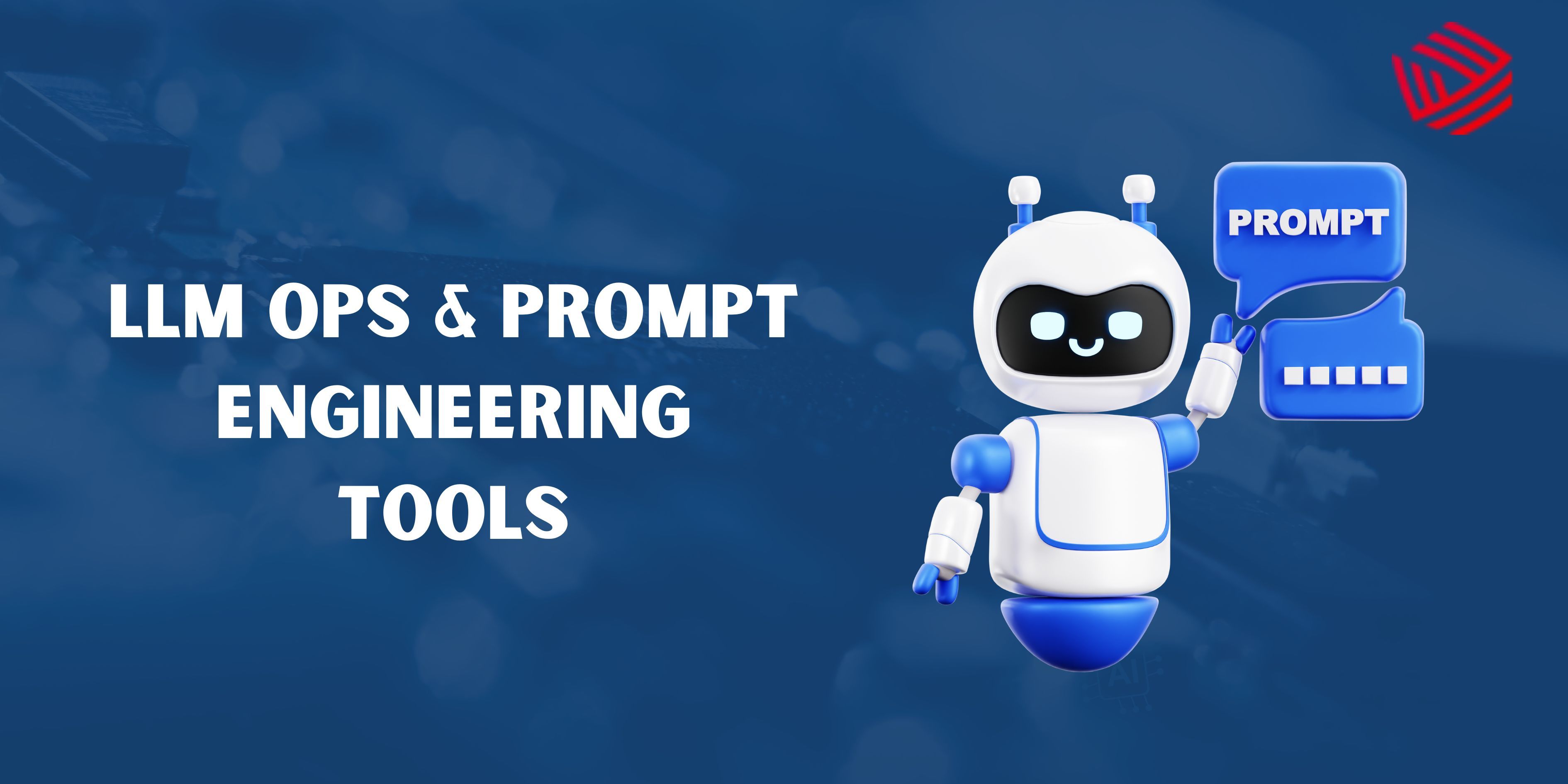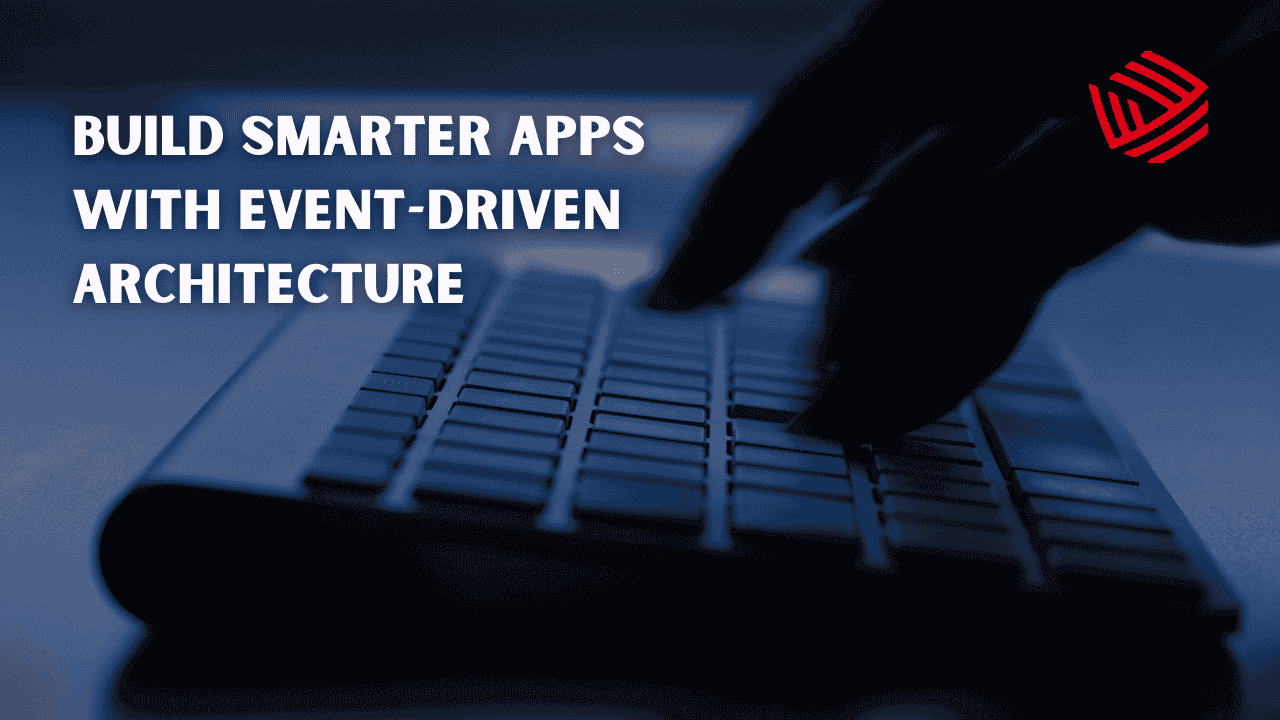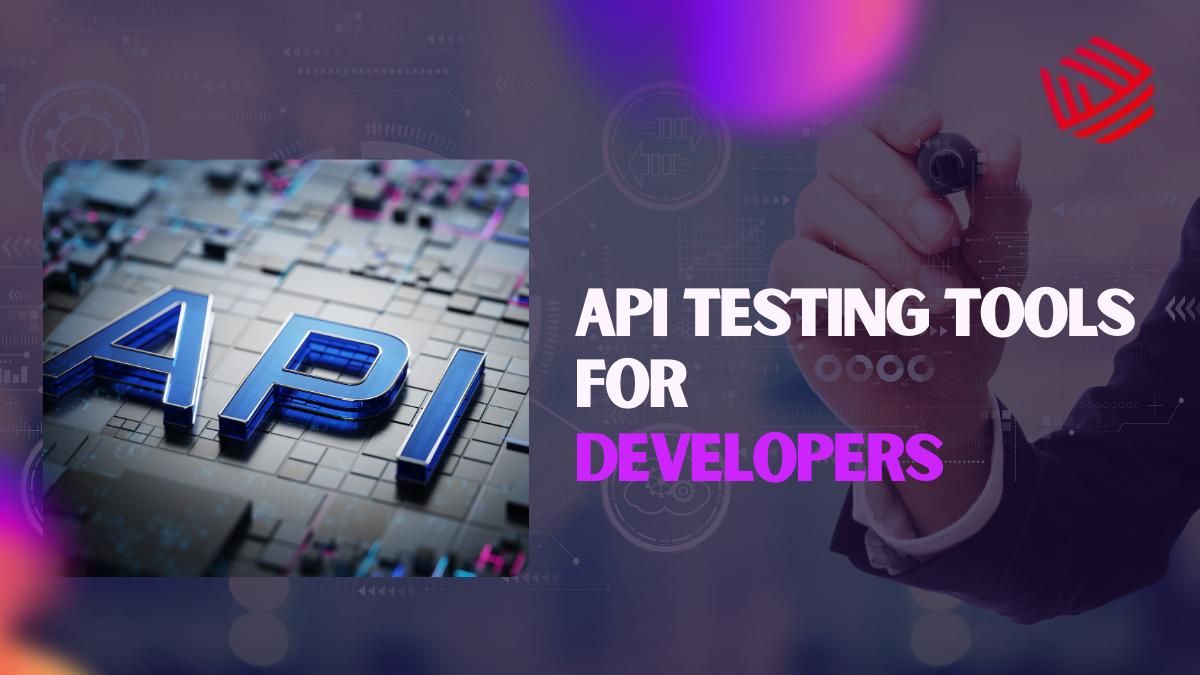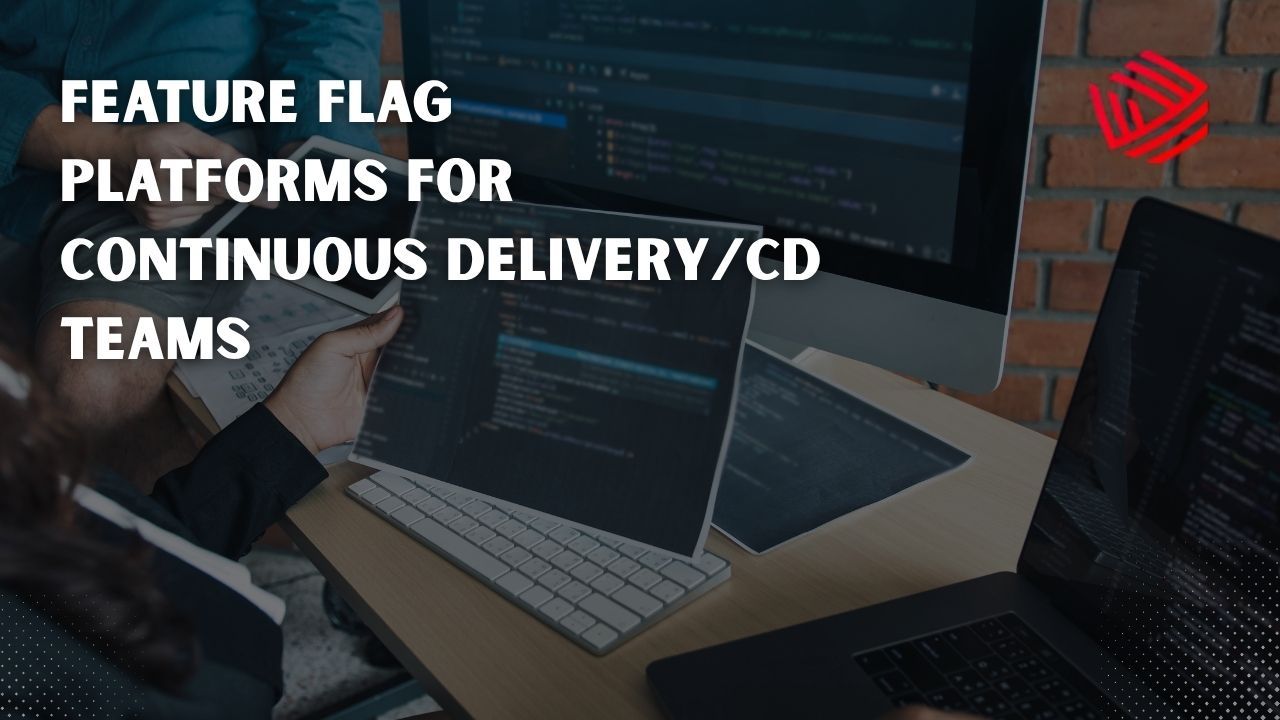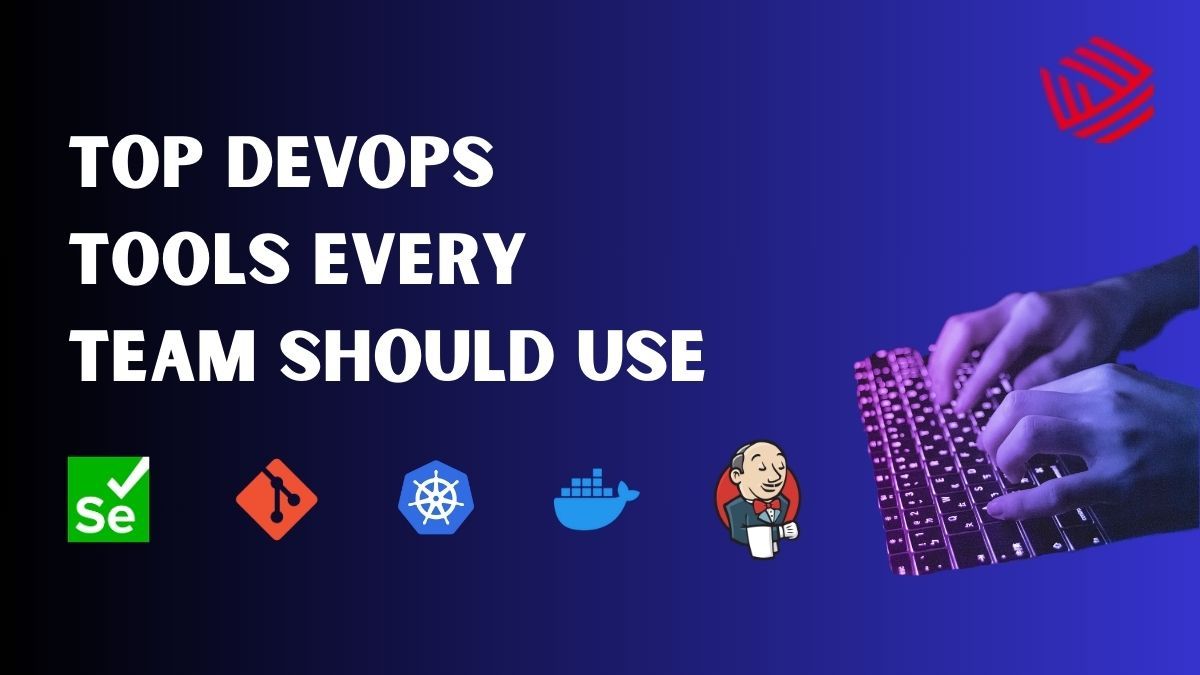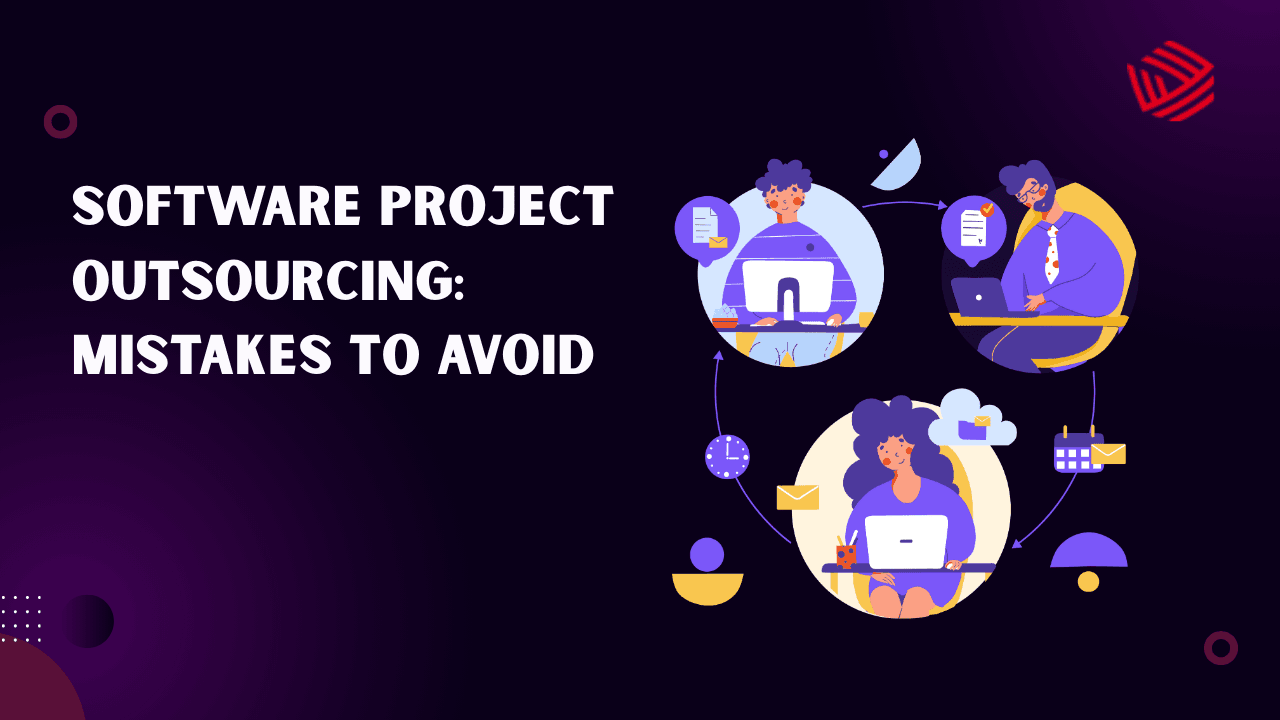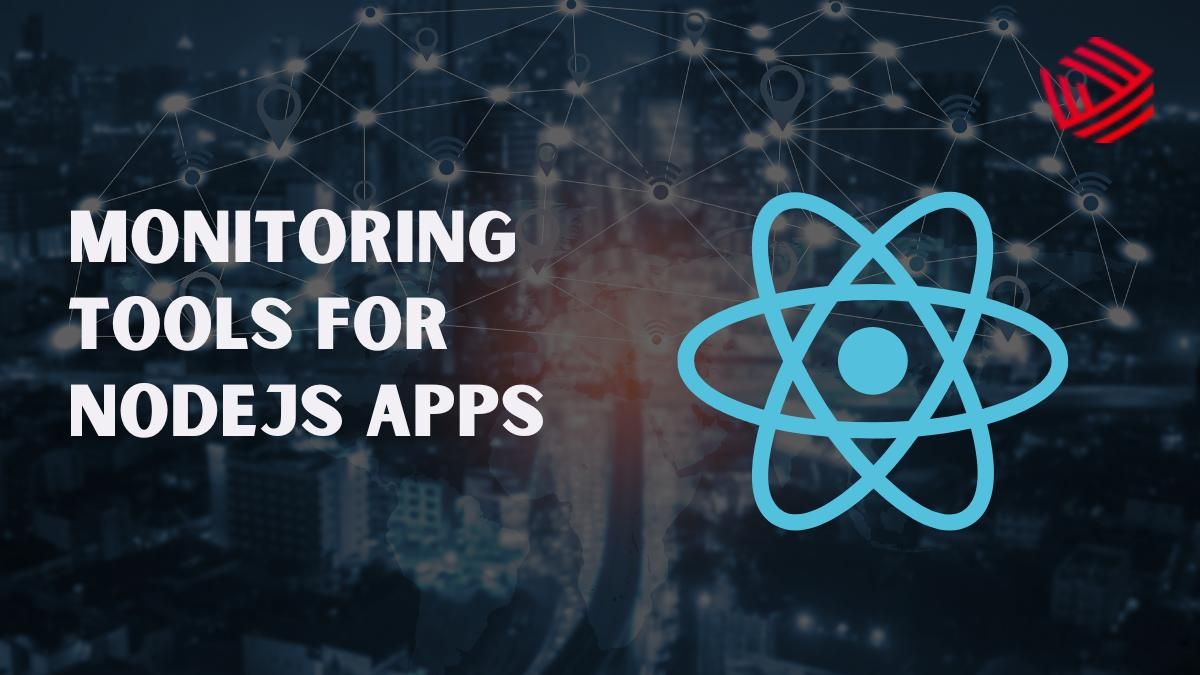With modern applications serving millions of users in real-time, manual load testing can no longer keep up with the speed and scale of modern DevOps. AI-powered tools are revolutionizing this space — using automation, machine learning, and predictive analytics to identify performance issues before they impact users. Below are six cutting-edge platforms that redefine how performance testing and optimization are executed.
Beyond traditional testing, these tools help organizations predict performance degradation, automate environment setups, and dynamically adapt to changing workloads. By incorporating AI into their pipelines, teams can shorten feedback loops, ensure smoother release cycles, and maintain high-quality user experiences even under unpredictable traffic spikes.
Tricentis NeoLoad
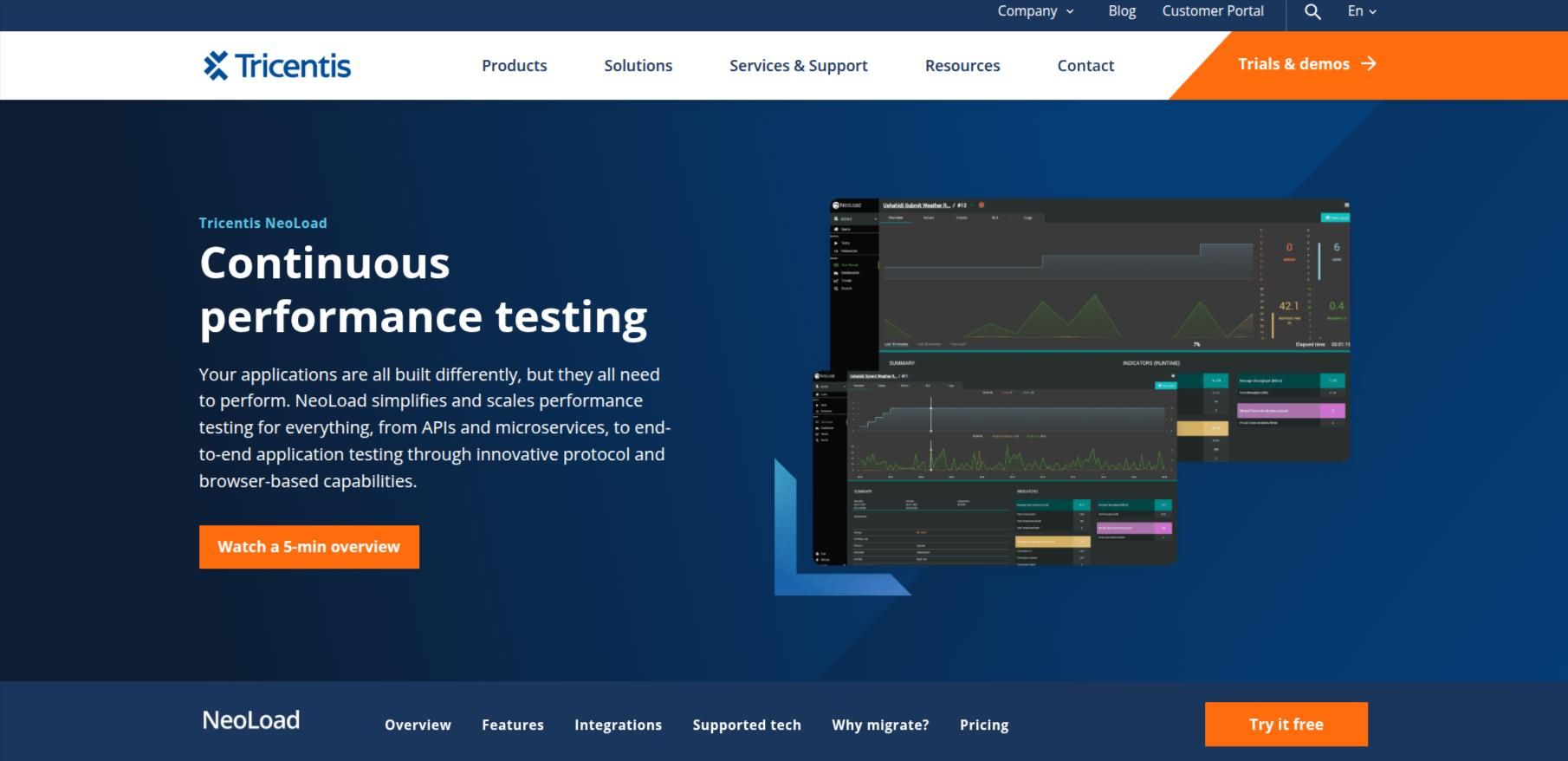
Tricentis NeoLoad brings AI to enterprise-grade continuous load testing. It automatically adapts to system changes, creates intelligent test scenarios, and provides deep insights into performance bottlenecks. NeoLoad also delivers AI-assisted root cause analysis, helping QA teams shorten debugging time and improve the reliability of production environments. NeoLoad stands out for its scalability across hybrid and cloud-native architectures. It can simulate millions of concurrent users, making it ideal for enterprise systems under heavy traffic. With built-in integrations for CI/CD tools, it enables performance testing as part of continuous delivery — a key advantage for DevOps-driven teams.
| Pros | Cons |
|---|---|
| AI-assisted scenario generation | Steeper learning curve for small teams |
| Adaptive load simulation in real-time | Premium pricing for enterprise version |
| Deep root cause analysis | Limited community-driven resources |
| Seamless CI/CD and DevOps integrations | Requires trained QA setup |
BlazeMeter
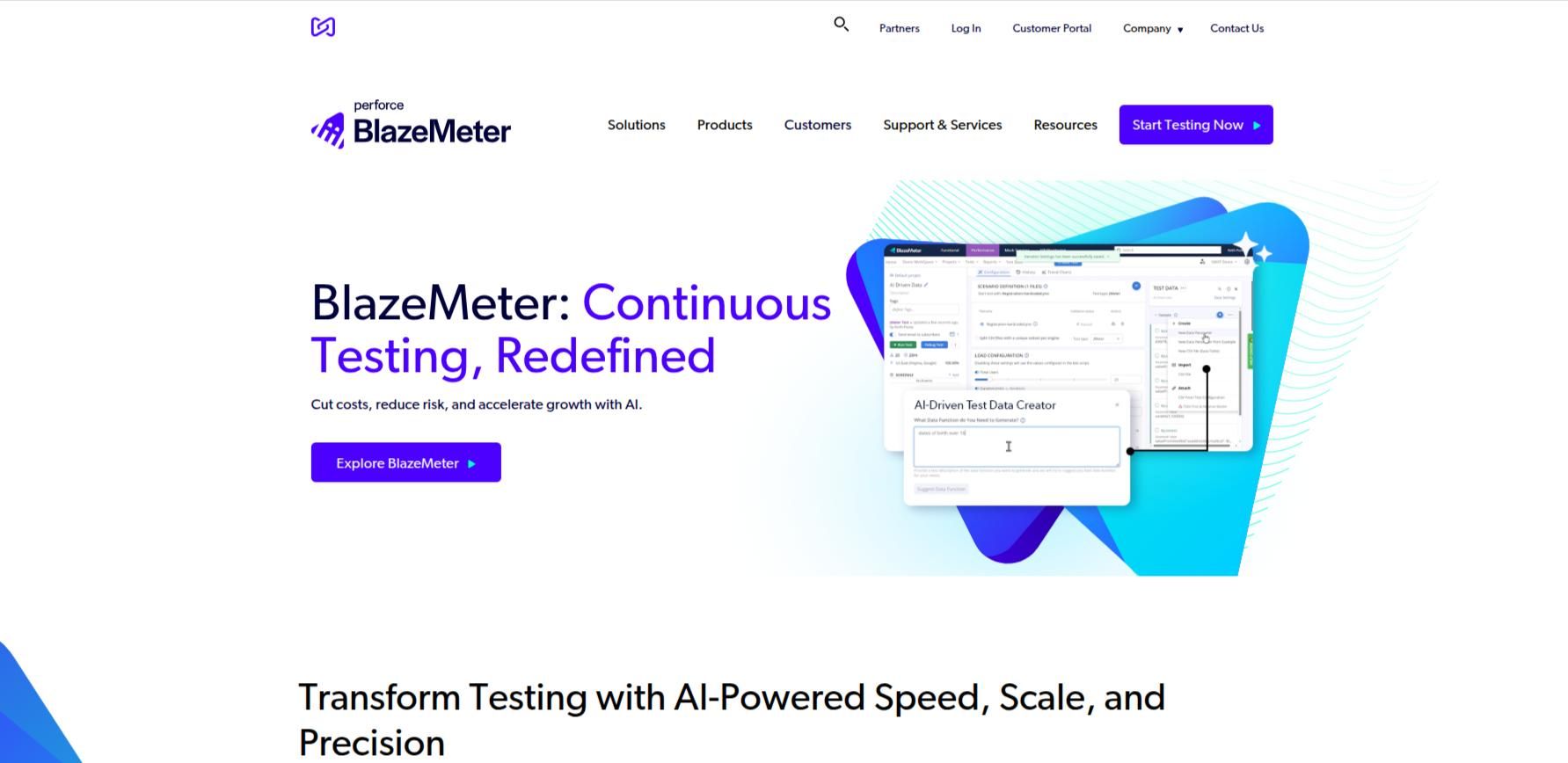
BlazeMeter offers powerful AI-enhanced testing capabilities for continuous delivery teams. It supports open-source frameworks like JMeter and provides real-time anomaly detection and predictive analytics. BlazeMeter enables developers to identify performance issues instantly, ensuring faster release cycles and improved app stability. BlazeMeter’s AI layer constantly learns from test runs to optimize future test configurations. It provides detailed visualizations that make interpreting performance data easier and more actionable. Teams using BlazeMeter benefit from faster root cause identification and reduced time spent on manual analysis, allowing developers to focus more on feature delivery.
| Pros | Cons |
|---|---|
| Predictive analytics and anomaly detection | Reports can overwhelm new users |
| Real-time monitoring and alerts | Limited customization for complex workflows |
| Strong support for open-source tools | Requires tuning for large enterprise projects |
| Cloud-based and scalable | May have latency in large data exports |
StormForge
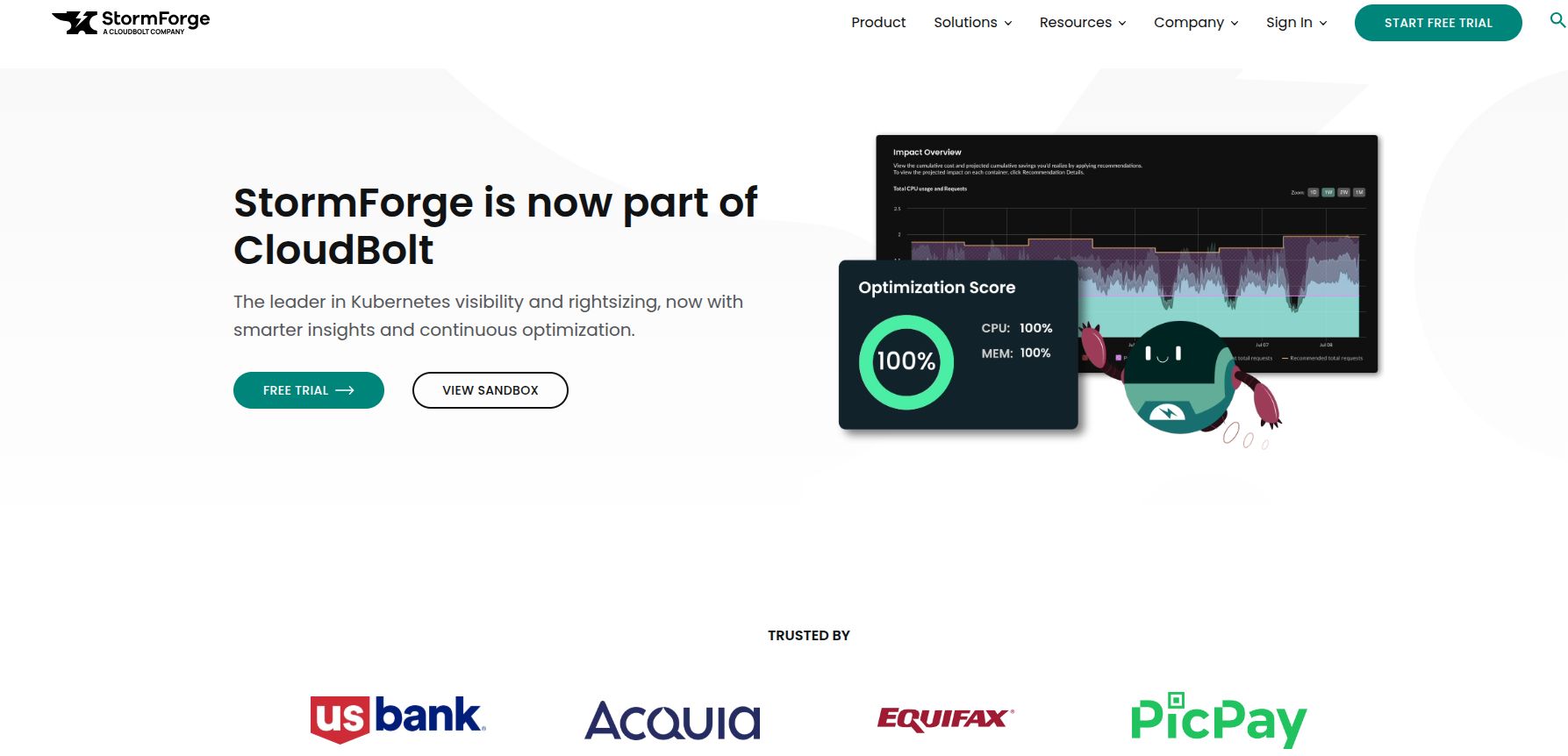
StormForge specializes in optimizing Kubernetes-based applications through AI and ML. It intelligently allocates resources, automates scenario creation, and reduces costs through predictive scaling. By learning from performance data, it ensures that workloads stay balanced without over-provisioning infrastructure. StormForge also excels in bringing performance testing closer to infrastructure management. It uses reinforcement learning to simulate load patterns, helping DevOps engineers understand how applications respond under stress. This predictive approach not only minimizes cloud costs but also maximizes efficiency — a critical factor for teams managing microservices at scale.
| Pros | Cons |
|---|---|
| Designed for Kubernetes workloads | Primarily focused on Kubernetes only |
| AI/ML-based resource optimization | Setup requires tuning and data training |
| Reduces cloud costs automatically | Not ideal for traditional monolithic systems |
| Enables predictive scaling and automation | Learning curve for first-time teams |
OpenText LoadRunner (Professional/Enterprise)
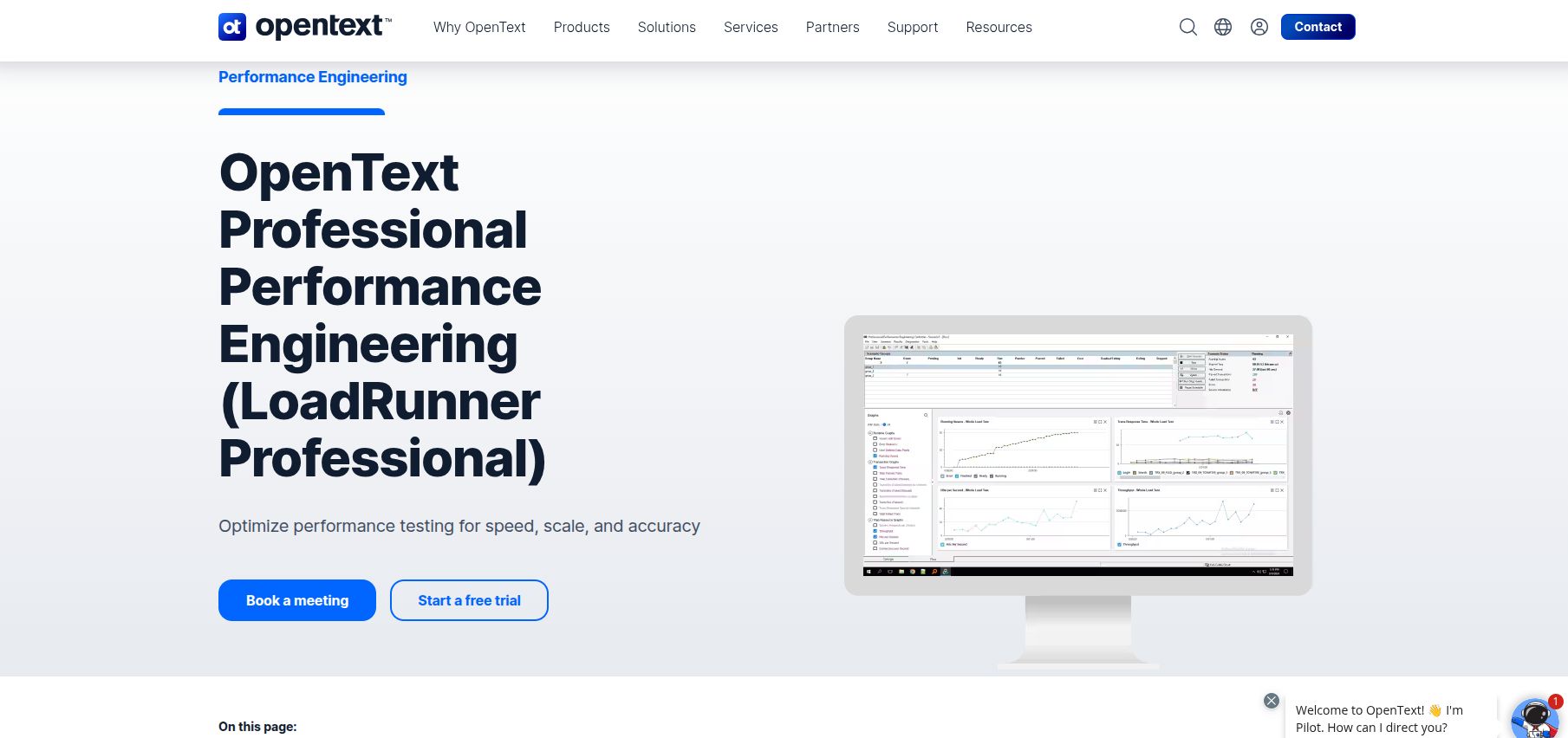
LoadRunner continues to be a benchmark in performance testing, now integrated with AI and machine learning. It automatically analyzes logs, identifies anomalies, and recommends optimizations. With enterprise scalability and robust reporting, it remains one of the most reliable solutions for large-scale performance management. The tool’s ability to simulate end-user behavior across diverse geographies gives teams a global perspective on performance. Combined with its AI-assisted analysis, LoadRunner not only detects but also predicts potential system slowdowns. This makes it invaluable for organizations requiring mission-critical performance assurance, such as banks, telecom providers, and large SaaS platforms.
| Pros | Cons |
|---|---|
| AI-driven log and result analysis | High infrastructure and license cost |
| Reliable for large enterprise environments | Less intuitive for first-time users |
| Supports multiple architectures | Complex setup for non-technical users |
| Predictive detection of bottlenecks | Heavy initial resource usage |
WebLOAD (RadView)
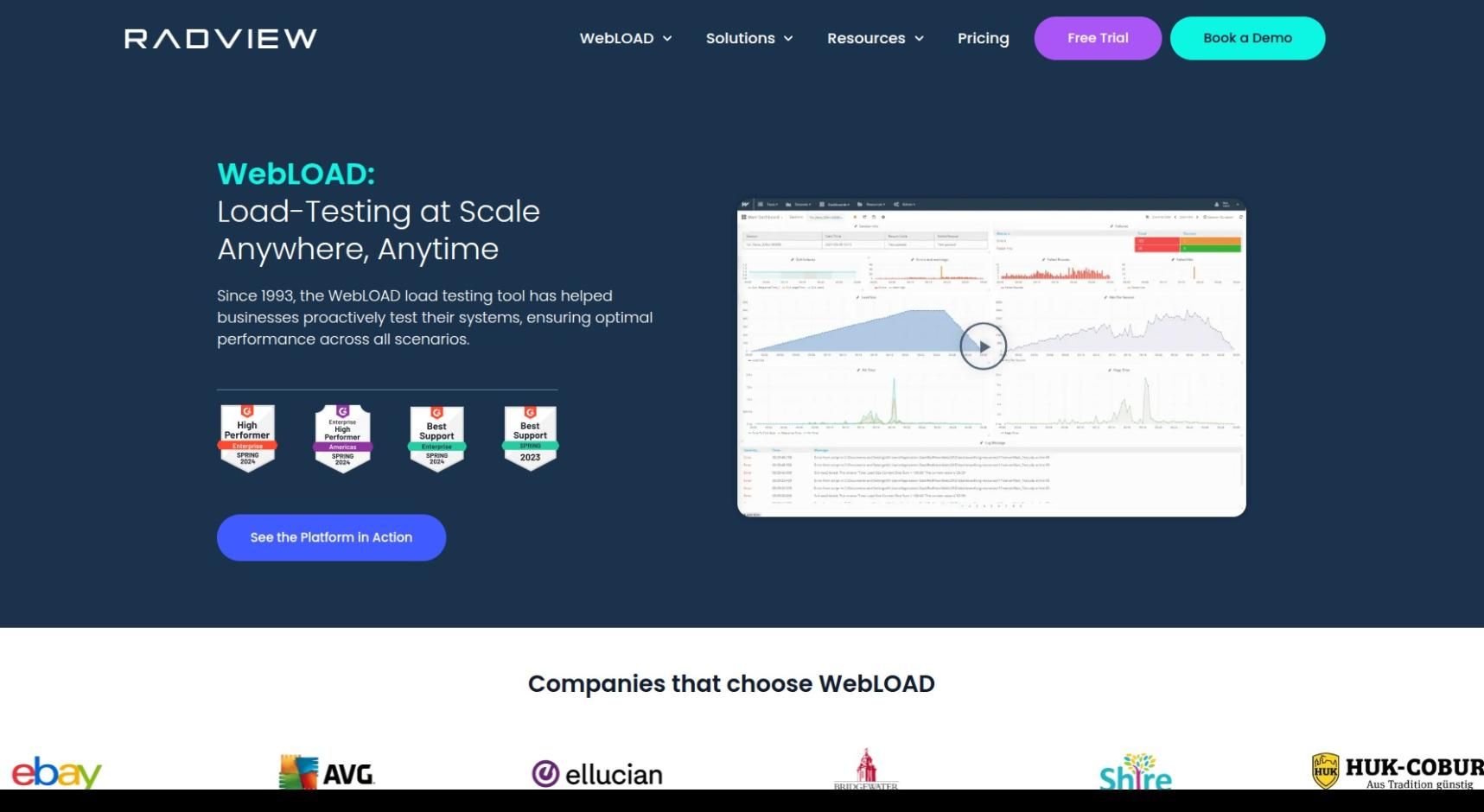
WebLOAD offers machine learning-assisted load testing with intuitive dashboards and predictive insights. It automatically recommends query optimizations, load balancing configurations, and trend forecasts. Ideal for both web and cloud-native systems, it simplifies the process of identifying critical performance bottlenecks. What makes WebLOAD distinct is its emphasis on adaptive learning. Over time, it fine-tunes its testing parameters based on previous results, enhancing test accuracy and reliability. With AI-enhanced visualization and seamless integration with CI tools, it empowers developers to proactively maintain consistent performance standards throughout development cycles.
| Pros | Cons |
|---|---|
| AI-driven test creation and reporting | Limited integration ecosystem |
| Visual dashboards for trend insights | Lacks deep cloud observability features |
| Works for both web and cloud platforms | May not scale to massive enterprise loads |
| Predictive analysis for quick fixes | Requires experienced setup for automation |
PFLB
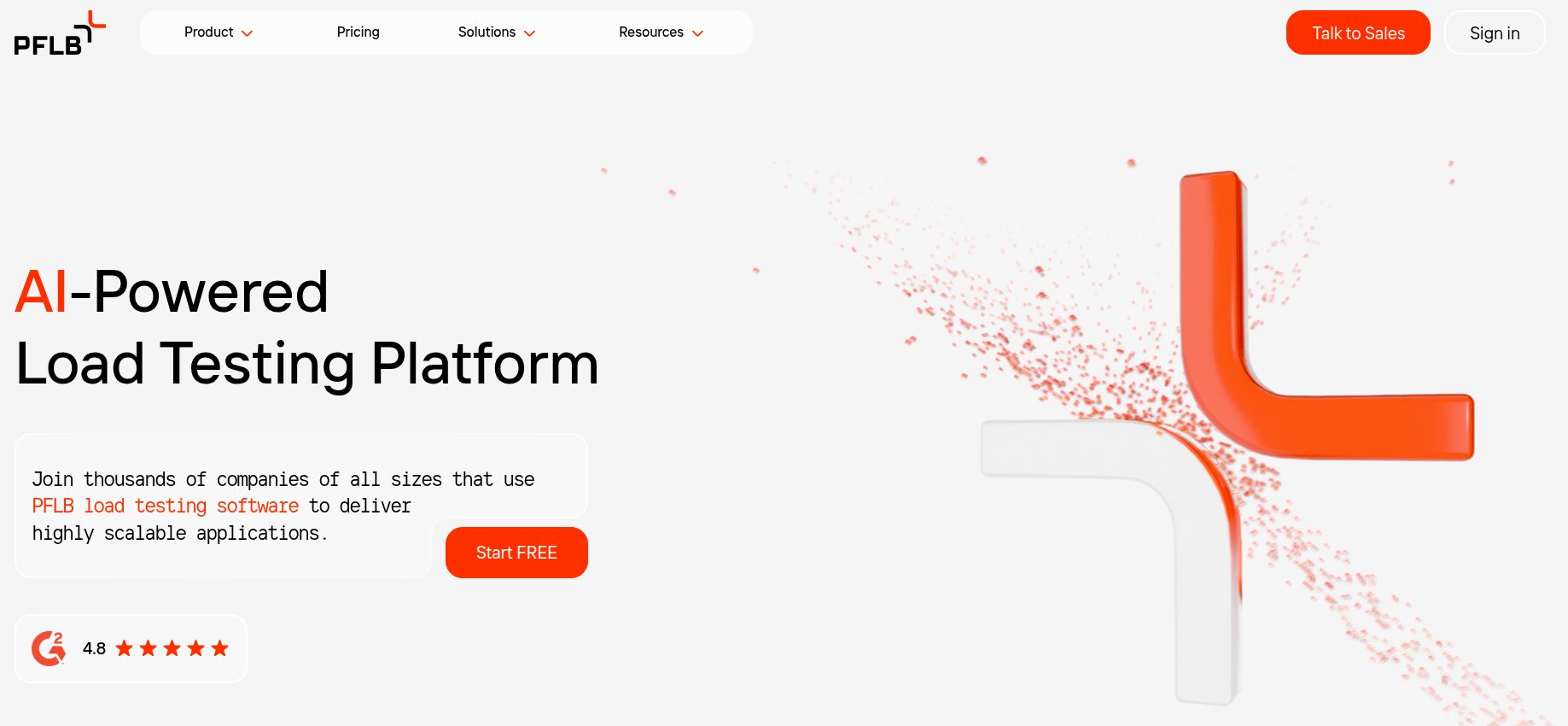
PFLB is a cloud-based load testing platform that leverages AI-powered analytics for real-time anomaly detection. It integrates smoothly with JMeter, enabling teams to uncover and act on performance issues instantly. Its adaptive learning models continuously monitor system health, making it a solid choice for fast-moving SaaS and DevOps environments. The platform’s cloud-first architecture allows global testing with minimal setup, making it suitable for distributed teams. PFLB’s AI layer identifies trends over time, helping organizations optimize recurring workloads and reduce infrastructure costs. Its straightforward pricing and automation-friendly design make it an excellent entry point into AI-based performance testing.
| Pros | Cons |
|---|---|
| AI-powered analytics and reporting | Limited advanced customization options |
| Real-time anomaly detection | Requires external integrations for CI/CD visibility |
| Compatible with JMeter | Can have slower onboarding for new teams |
| Cost-efficient cloud solution | Documentation less extensive than competitors |
Conclusion
AI has fundamentally redefined performance testing — shifting from reactive fixes to proactive optimization. Platforms like NeoLoad, BlazeMeter, and StormForge showcase how intelligent automation and predictive analytics can enhance reliability and speed across distributed systems. As DevOps matures, AI-driven load testing will continue to lead efficiency, cost savings, and smarter scaling decisions. By integrating AI into their QA workflows, organizations can predict potential performance issues before they happen, optimize resources automatically, and ensure seamless user experiences under any load. The future of performance testing is not just about testing harder — it’s about testing smarter with AI.

